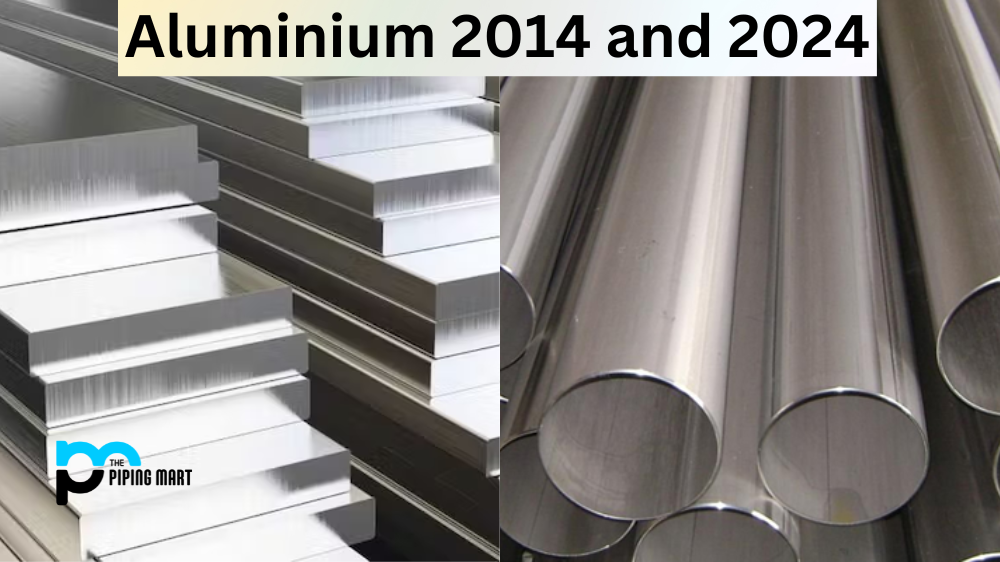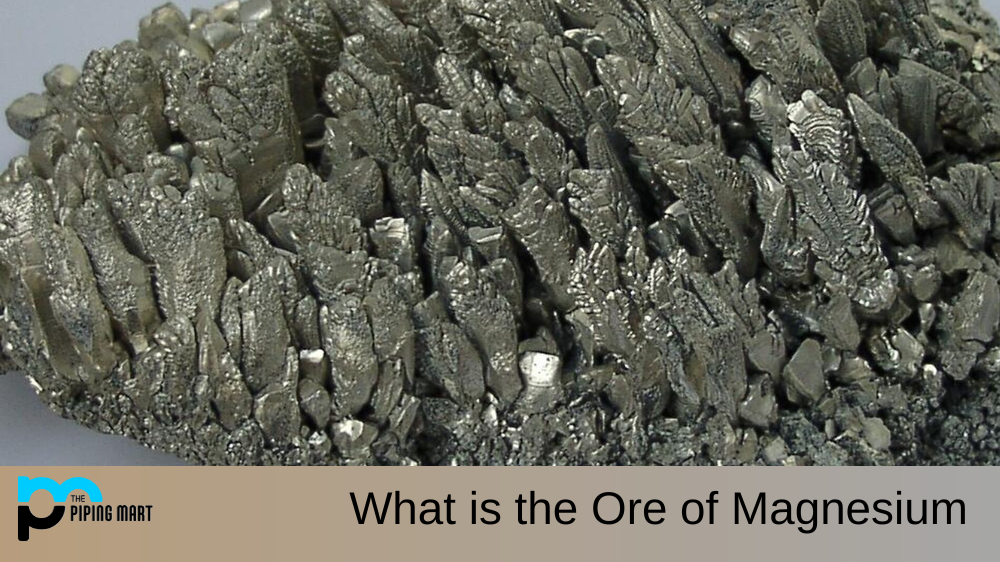Aluminium is one of the most common metals used in industrial applications, construction, and manufacturing. For many years, two of the most widely-used aluminium alloys are 2014 and 2024. Both these materials are known for their excellent strength, durability, and machinability, but they also differ in several ways. This blog post will explore the differences between Aluminium 2014 and 2024 and help you make the best decision for your needs.
Difference Between Aluminium 2014 and 2024
Composition
Aluminium 2014 and 2024 are aluminium-copper alloys but differ in their specific compositions. The composition of the 2014 aluminium alloy comprises 0.5% copper, 0.5% magnesium, 0.7% iron, 3.9% copper and silicon, with the remainder being aluminium. On the other hand, Alloy 2024 consists of 4.4% copper, 1.5% magnesium, 0.6% manganese, and a smaller percentage of iron and silicon, with the rest being aluminium. The significant variation in composition between these alloys gives them different mechanical properties and strength levels.
Strength
Aluminium 2024 has superior strength levels compared to 2014, which is why it is used in applications with high strength-to-weight ratios. Aluminium 2024 can withstand greater stresses, making it ideal for the aerospace, construction, and transportation industries. Aluminium 2014, on the other hand, is commonly used in applications where moderate strength is required, such as automotive parts and machinery.
Machinability
Aluminium 2014 has excellent machinability, making it easier to work with than 2024. Machining aluminium 2014 requires minimal effort, making it an ideal choice for manufacturers requiring intricate parts that must be machined or shaped. Due to its high strength level, 2024 aluminium alloy is more difficult to machine, and special techniques are required to shape or cut parts without compromising their strength.
Corrosion Resistance
Aluminium 2014 and 2024 are susceptible to corrosion, but 2024 is less resistant. Therefore, proper surface treatments are crucial with this alloy to provide adequate protection. By contrast, Aluminium 2014 has excellent corrosion resistance and can readily be used outdoors. This makes 2014 an excellent choice for applications that require resistance to harsh or corrosive environments, such as marine or coastal structures.
Cost
Another factor to consider is the cost difference between Aluminium 2014 and 2024. 2024 is generally more expensive than 2014 due to its higher strength, better fatigue resistance, and improved fracture toughness. However, it is still more affordable than other high-strength aluminium alloys like 7075 or 7475.
Conclusion
Aluminium 2014 and 2024 are excellent materials with specific properties and advantages that make them suitable for different applications. Choosing between the two will depend on factors such as strength requirements, machining demands, and the environment to which the material will be exposed. Evaluating your specific application needs will help you make the right choice, and you can always consult with a trusted supplier to guide you towards the right material option.

A passionate metal industry expert and blogger. With over 5 years of experience in the field, Palak brings a wealth of knowledge and insight to her writing. Whether discussing the latest trends in the metal industry or sharing tips, she is dedicated to helping others succeed in the metal industry.




